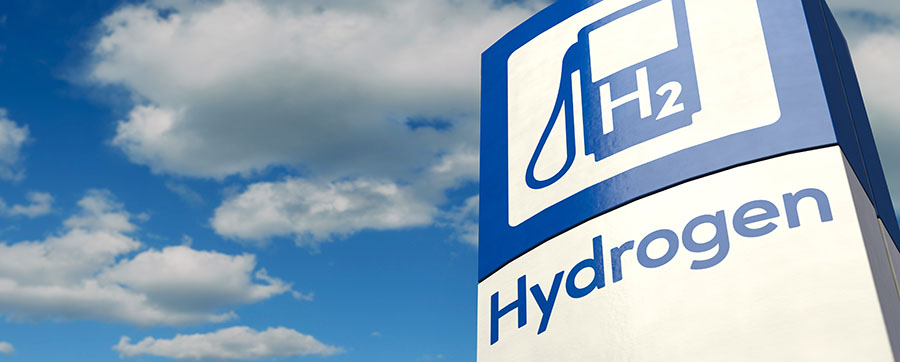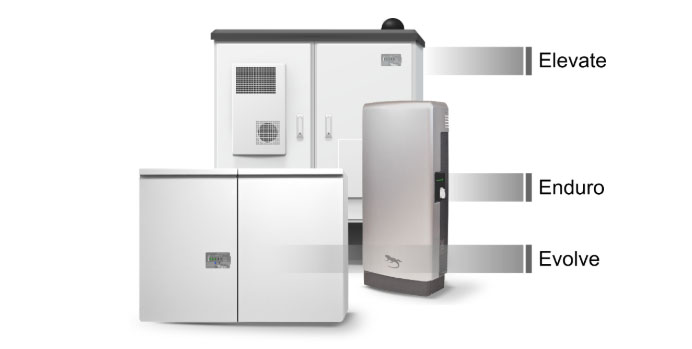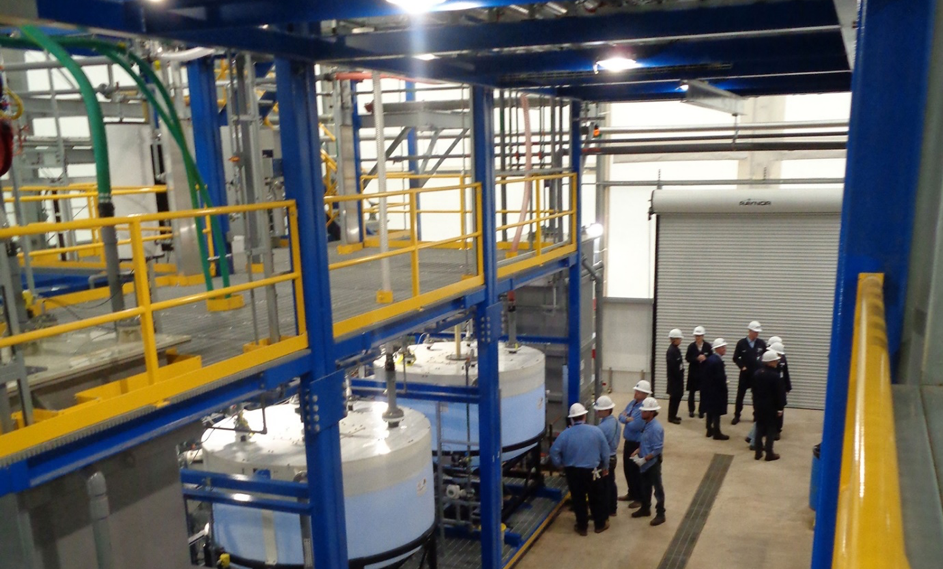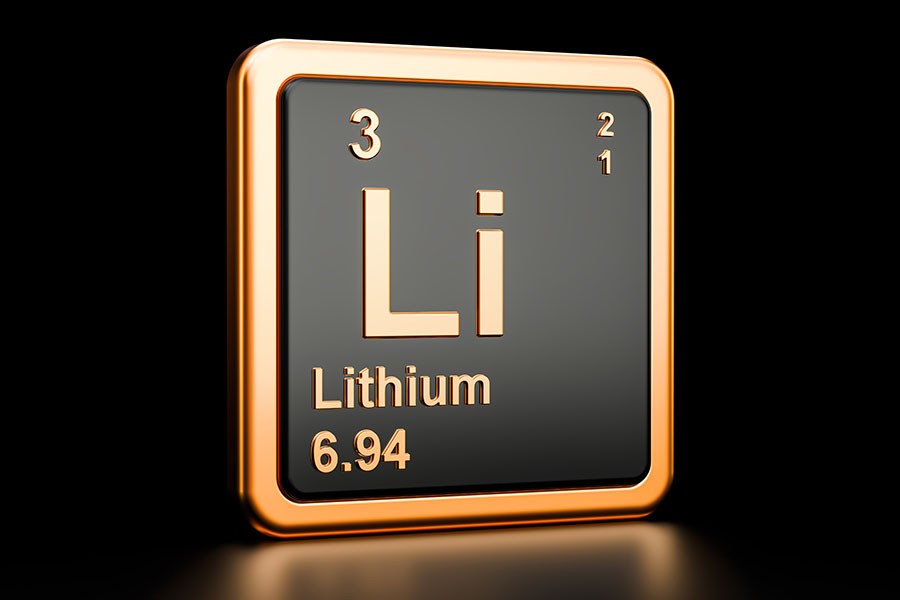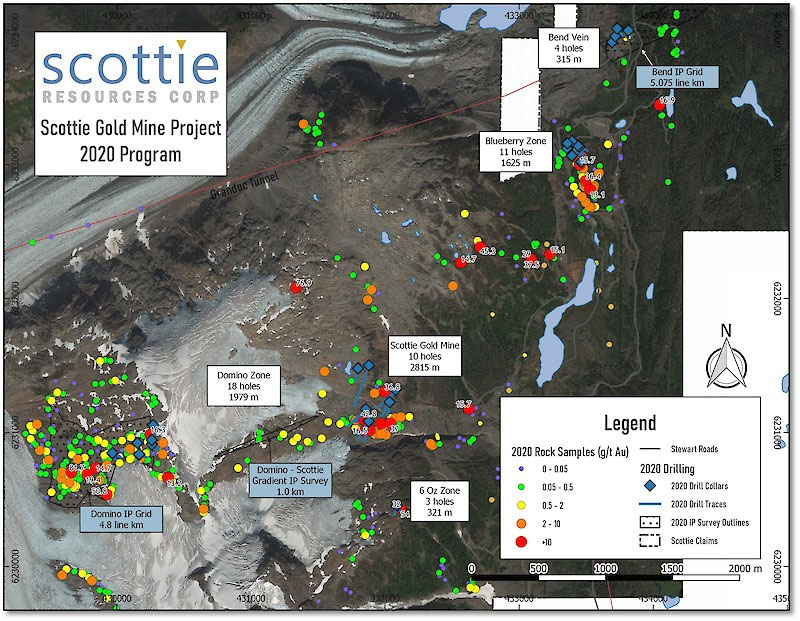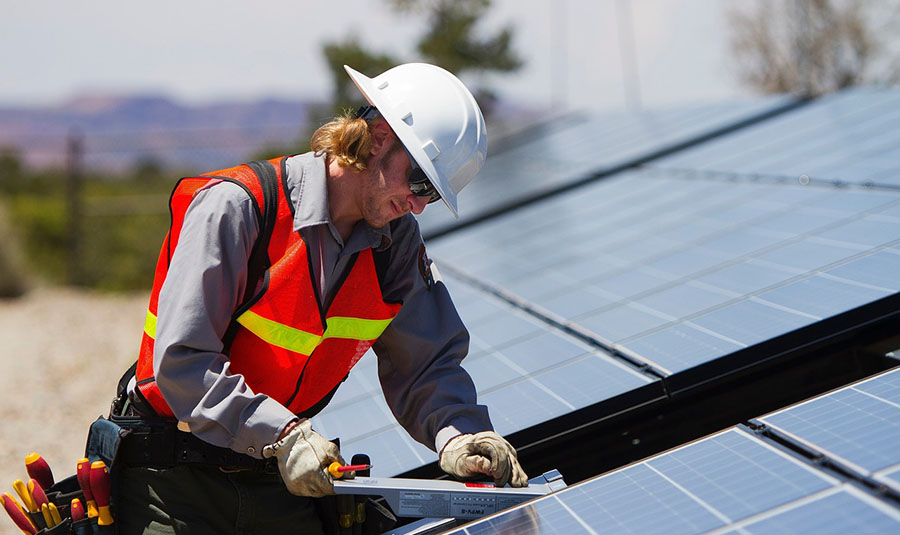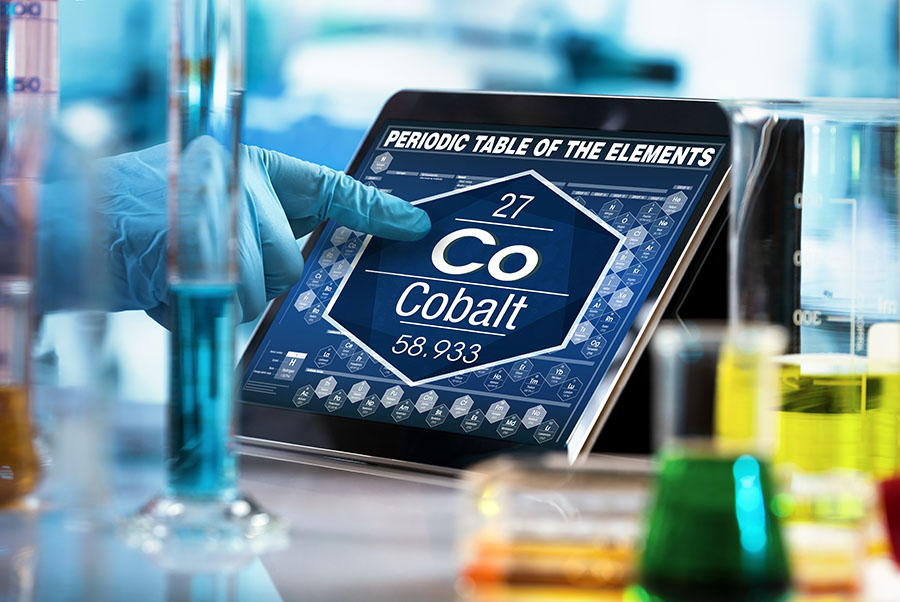TICKERS: AAA; ALLRF, CHM, CLI, GER, HEO, RM; RDNAF,
Vikas Ranjan: Companies Meeting Emerging Market Demand
Interview
Source: Brian Sylvester of The Energy Report (10/27/11)
 Headlines scream gloom and doom, but Vikas Ranjan of Ubika Research sees brilliance on the horizon. As emerging markets develop, opportunities for profit abound: it's only a matter of identifying the most in-demand commodities. Meanwhile, cleantech companies are creating commercial solutions to keep the lights on and the water flowing. In this exclusive interview with The Energy Report, Vikas discusses the new Ubika Mining 30 Index and some companies ready to feed the need.
Headlines scream gloom and doom, but Vikas Ranjan of Ubika Research sees brilliance on the horizon. As emerging markets develop, opportunities for profit abound: it's only a matter of identifying the most in-demand commodities. Meanwhile, cleantech companies are creating commercial solutions to keep the lights on and the water flowing. In this exclusive interview with The Energy Report, Vikas discusses the new Ubika Mining 30 Index and some companies ready to feed the need.
Vikas Ranjan: It is true that in the short term, the global economy does look sluggish. However, we are very optimistic about the longer-term health of the global economy, especially the emerging markets. Countries like China, India, Brazil, South Africa, Russia, Indonesia and Vietnam will continue to grow at a robust pace. Commodities are a big part of that growth story. At this stage, a slight economic downturn creates an opportunity to spot undervalued assets.
TER: How did you choose which commodities to focus on?
VR: Because our investment thesis concerns broad-based growth in emerging markets, we looked for commodities that are used in a range of industries. We asked ourselves what particular emerging markets will need the most in the next five to 10 years and which commodities will meet those requirements. Base metals like copper, nickel and zinc address the need to expand infrastructure, and agricultural commodities like potash and phosphate are key to feeding an increasing population.
TER: About 19% of the index is coal companies. Why did you allocate such a large percentage of the index to an energy source that governments are increasingly trying to phase out?
VR: Coal is going to be in use for a long, long time. More than two-thirds of the world's energy still comes from coal. China sources 80% of its energy from coal, as does India. In fact, the largest market cap company in India is Coal India Ltd. (COALINDIA:NSE), which went public about a year ago. In the next five to 10 years I don't see any energy source coming close to coal. Beyond electricity generation, coal is also used to produce steel. Coal may be phased out in the future, but that future is far, far away.
TER: Could the Ubika Mining 30 Index serve as an indicator of global economic health, similar to copper, the so-called barometer of global markets?
VR: Copper will still play its role as an early indicator, a bellwether, for the direction of the global economy. There really is no substitute. However, a broader index, like the Ubika Mining 30, may provide a more decisive indication of the health of the economy, though it may take time for its performance to reflect what is happening in the global economy.
TER: Since its launch, the Ubika Mining 30 is up roughly 12%. Which companies on the index do you believe will continue to outperform the broader market?
VR: All 30 companies are highly prospective, with solid fundamentals and strong management. We're pretty optimistic about most of them. Of course, we will keep a close eye on their performance and make changes as needed.
Having said that, we have more in-depth research on a few of them: Allana Potash Corp. (AAA:TSX; ALLRF:OTCQX), Rodinia Lithium Inc. (RM:TSX.V; RDNAF:OTCQX), Glen Eagle Resources Inc. (GER:TSX.V) and Champion Minerals Inc. (CHM:TSX).
TER: As of June 20, you had a model price of US$2.56 on Allana Potash. At that time, the company had about US$60 million (M) in cash. How much does the company have now, and will it be enough to carry it through the bankable feasibility study?
VR: Allana is our top pick in the junior potash exploration field. It has a strong prospect for a potash mine in Ethiopia.
Its price has come down quite a bit; it's now trading at US$1.02. This is what happens when expectations run ahead and when markets in general tumble, causing more high-profile stocks like Allana's to get impacted negatively. But we will stay by our model price. The resource estimate far exceeded our expectations. It has more than 1 billion tons (Bt) of potash resource at its projects, most of it in the measured and indicated (M&I) category. We think that Allana has close to US$50M in the bank, and it's fully funded to move forward with a bankable feasibility study. If anything, Allana is less risky than it was 18 months ago.
TER: In your research report, you note the possibility of a takeover. Do you expect that to happen before the bankable feasibility study or after?
VR: At current levels, I suspect Allana would probably not consider a takeover offer because the price does not reflect its true value. I think it will continue to build value in its assets and its share price will reflect that.
After the bankable feasibility study, once the value of those deposits are proven, bigger players will start to show serious interest in Allana's exploitable potash.
TER: Let's move on to Rodinia Lithium. Its flagship project is the Salar de Diablillos Project in Argentina. Rodinia recently had positive brine processing reports, yet the stock, which is trading at US$0.21, didn't move at all. Why is that?
VR: Lithium is a little out of favor right now. Although it has other uses, lithium's major role is in electric vehicle batteries. Demand is generally down now, and this is reflected in lithium exploration stocks. General economic conditions have also impacted stock valuations.
Rodinia is moving ahead. It has been getting very good exploration results and has had some good results on the processing side. We believe in Rodinia's prospects; it has good projects and a good management team. The company is focused on its Argentinean project right now, but it also has land in the U.S. The stock will likely bounce back once the general sector regains strength.
Another advantage for the company is the strategic investment from Shanshan, China's largest lithium-ion battery materials provider. It shows that the company is attracting right type of interest. Rodinia has a good technical team with previous experience in lithium projects and process development. So we remain optimistic about Rodinia's prospects.
TER: There are quite a few salars in that region of Argentina, and other companies are working on brine projects there. Do you foresee consolidation?
VR: I would assume so. That is typically what happens when junior companies like Rodinia develop these assets. It's much less likely that it will produce the deposits. If a company has built a good deposit base, has moved the project along and advanced it, it will have better chances of attracting outside interest. Rodinia is in the right place, in one of the most prolific belts for lithium deposits.
TER: Glen Eagle Resources has several projects based in Québec, Canada; a very safe jurisdiction.
VR: We're very excited about Glen Eagle. The company is focused on phosphate. It also has a reserve on a lithium project next to Canada Lithium Corp. (CLQ:TSX; CLQMF:OTCQX).
Glen Eagle recently announced an option agreement to acquire 100% of the Moose Lake phosphate property. It's immediately adjacent to a phosphate property called Mirepoix, which is controlled by Arianne Resources Inc. (DAN:TSX.V; DRRSF:OTCBB; JE9N:Fkft). A grab sampling and initial work were very promising. Glen Eagle is currently developing its Lac Lisette phosphate project. It is presently drilling on it. The Lac Lisette property is 40 km away from Arianne Resources' Lac à Paul property, and shares the same main road.
Phosphate, like potash, has tremendous use in agriculture and is in high demand. Glen Eagle is very undervalued because not many people know about that resource. Its market cap is about US$18–20M. Right next door, Arianne Resources is roughly a US$140–150M market cap company. We see Glen Eagle closing that valuation gap once it starts to prove up the deposit. We have a model price of US$0.96 on that stock. It trades at about US$0.43. We started covering Glen Eagle when it was about US$0.30.
TER: The last company you mentioned is Champion Minerals. That's trading at about US$1.25. What's your model price for that one?
VR: We don't have a model price, because Champion Minerals isn't part of our in-depth research. We had it as a stock-watch list pick.
This is an iron-ore exploration company with some very good properties in the Labrador/Québec area. It has been getting some really good results and management is good. They're in a very prospective area for iron ore exploration, near other majors and prospective companies. For example, Consolidated Thompson Iron Mines Ltd. (CLM:TSX) acquired Quinto Mining Corp., which had properties next to Champion Minerals' property. We feel this project could be a prospective inclusion candidate.
TER: You also operate the Ubika Cleantech 30 Index. As of December 31, 2010, the combined market cap of the companies on that index was US$7.8B. By October 14, 2011, the value had fallen to US$5.8B. Why is this sector underperforming?
VR: It has been a rough year for cleantech. Our index has fallen along with other benchmark indexes, in similar proportions or even more, for various reasons. Most of the companies in our index are very early-stage companies. Most have no revenue because they are at a pre-commercial stage, and they fluctuate more widely. It's a classic case of market euphoria and high expectations taking hold and running ahead of fundamentals.
Cleantech is a very broad sector, so not everything is performing badly. The energy side of it, such as solar and wind, has not proven to be as commercially viable as anticipated. Investors are getting disillusioned, wondering if these companies will become commercial. It's a classic research-and-development (R&D) situation. Some of these companies come out well, but many will fall by the wayside. It hasn't helped that there have been some high-profile failures.
TER: Has Solyndra's bankruptcy hurt the credibility of the renewable energy/cleantech sector as a whole?
VR: It has tarnished the industry. It was certainly not good for the cleantech sector. It also shows you that it is risky for the government to get too involved, for example, in selecting prospective winners or losers in a sector that is still at such an early stage. The better approach is to provide a conducive environment, one that spurs more innovation and R&D, but that ultimately lets the market decide.
TER: What's your outlook for the sector?
VR: Winners will emerge. Investors are looking for companies that can solve a particular problem countries face, especially emerging countries. Examples are companies that have solutions for water pollution, for helping countries improve the livelihood of their population.
TER: Which companies fit this description?
VR: Westport Innovations Inc. (WPT:TSX) is developing fuel technology to reduce emissions by reconfiguring diesel engines to use compressed natural gas (CNG) or liquefied natural gas. That is an example of a company with clean technology that is both retrofitting and allowing new commercial vehicles to use CNG-based engines. Natural gas is still a fossil fuel, but it's a lot cleaner than, say, diesel. In the last year or so, Westport's stock has gone up 40%–45%. It's a good example of a commercial company with rapidly rising revenue that will continue to do well.
Clearford Industries Inc. (CLI:TSX.V) is another example. The company developed a patent for a small-bore sewer system. Centralized sewage systems push everything to a single location for treatment. These centralized systems place heavy demand on water, and they are inefficient and costly for emerging countries like India, China and Peru.
Clearford developed a solution that treats sewage in a localized environment, suitable for a small community or a collection of small communities. It has anchored its technology in India, where it won a major contract with a large real estate developer that will use the technology for a development of something like 6,000-plus houses or apartments. Once Clearford gets that commercial proof, it should do very well. Getting the first contract under the belt is the biggest challenge. On August 11, 2011, Clearford announced that it has signed a memorandum of intention with Engineers India Ltd., a major engineering consulting firm owned by the Indian government, to jointly pursue projects using Clearford technology in India. This clears the path for the company's growth among municipalities and cities.
TER: Any others?
VR: I still like H2O Innovation Inc. (HEO:TSX.V), a major player in Canada's water treatment industry. It designs and produces environmentally friendly water treatment systems, especially for wastewater and industrial processed water. It has been performing relatively well even in the downturn. This is one of the fastest-growing companies in Canada. Its revenue has grown through acquisition, and it has a client base of over 500 installations worldwide. This is a good example of a commercial company solving a real problem.
TER: Do you have any parting thoughts for us?
VR: I would conclude by saying that we don't believe the global economy is dipping into a double-dip recession, which was a major concern in the summer and early fall. We believe the markets made their lows for the year in August, and we see better times ahead. Yes, there is a slowdown, and developed countries are struggling, but the growth story in emerging markets is intact.
TER: Excellent. Thank you.
Vikas Ranjan, a principal of Ubika Research, has over 15 years' experience in investment management, finance, customer analytics and research. His experience includes management positions with TAL Global Asset Management and Bank of Montreal. He holds a Bachelor of Arts in economics, a Master of management studies from University of Mumbai, and a Master of Business Administration in finance from McGill University. Vikas co-founded P2P Systems Inc., which was acquired by Microforum Inc.
Want to read more exclusive Energy Report interviews like this? Sign up for our free e-newsletter, and you'll learn when new articles have been published. To see a list of recent interviews with industry analysts and commentators, visit our Exclusive Interviews page.
DISCLOSURE:
1) Brian Sylvester of The Energy Report conducted this interview. He personally and/or his family own shares of the following companies mentioned in this interview: None.
2) The following companies mentioned in the interview are sponsors of The Energy Report: Allana Potash Corp. and Rodinia Lithium Inc.
3) Vikas Ranjan: I personally and/or my family own shares of the following companies mentioned in this interview: Allana Potash Corp. and Rodinia Lithium Inc. I personally and/or my family am paid by the following companies mentioned in this interview: None. Ubika Research has received fees and/or options from the following companies mentioned in this interview to provide research and/or exposure coverage: Allana Potash Corp., Rodinia Lithium, Glen Eagle Resources, Champion Minerals and Clearford Industries.



